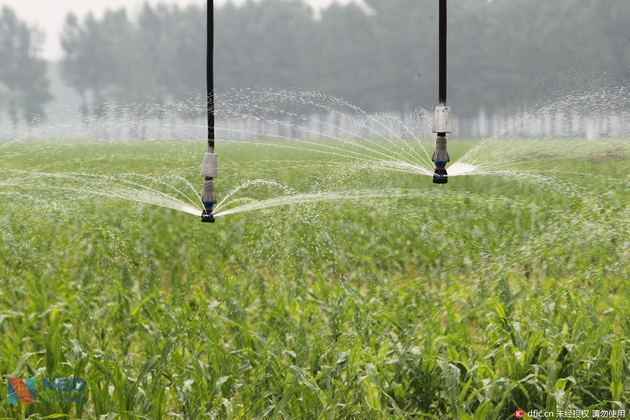
CHENGDU, Dec. 6 (NBD) -- China schemes to lift the poorest 56 million people who live in the nation's 128,000 poor villages and 832 poor counties above the poverty line as part of its latest Five Year Plan.
Newly released by China's State Council, the poverty alleviation plan for the 13th Five-Year Plan period (2016-2020) sustains the nation's precision-poverty relief measures while conducting regional development strategies particularly for old revolutionary bases, as well as ethnic minority and border areas.
Major tasks for the next five years include ensuring people live about the poverty line which is currently set at 2,800 Yuan (about 408 US dollars) per year, and have enough to eat and wear, and that they have adequate education, health services and housing, according to the plan.
Guo Jingli, associate researcher at Institute of Agricultural Economics and Development under Chinese Academy of Agricultural Sciences, told NBD that China has made great progress on poverty relief since the State Council Leading Group of Poverty Alleviation and Development was established in 1986. However, considering the current impoverished population distributions, it also shows the task for poverty alleviation would be even harder, Guo added.
The document said poor areas will be encouraged to develop competitive industries, such as agriculture, tourism and e-commerce, said the document. Some people living in impoverished regions will be relocated, with a variety of support measures to increase their incomes.
A series of special programs will be launched to create more jobs for the poor, and improve education, health care and ecological environment in poverty-stricken areas, said the document.
"It is an very important initiative for the plan to alleviate poverty through competitive industries", Guo said, "competitive industries enable impoverished population to act as the main drive, it not only raises the abilities of making lives, but also connects the poverty relief and development, poverty alleviation would be the result of development".


 川公网安备 51019002001991号
川公网安备 51019002001991号





